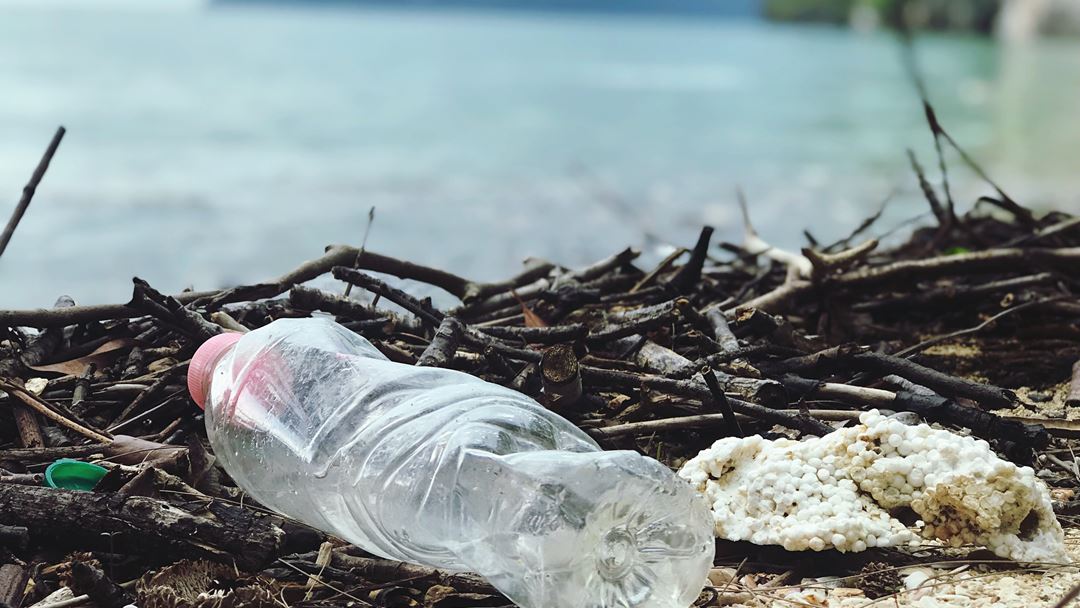Do we really not recycle all types of plastics?
The short answer is, no we don't. Unfortunately. There are various reasons for that, and I will try to give a short overview of some of the main ones.

First of all, there are two methods of plastic recycling. Mechanical recycling, where the material is grinded and remolten, and chemical recycling, where the material is broken down to its chemical constituents, which then can be used to make new plastics or other chemicals. The latter is also called feedstock recycling. The most established method right now and also available in industrial scale is mechanical recycling. Its advantage is that it can be set up rather easily and is comparably cheap. However, not all plastics are suitable for mechanical recycling especially when they contain fillers, such as glass fibres, or when they contain more than one type of plastic. Furthermore, the recycled material at the end of the recycling process has often lower material properties compared to the virgin material. Chemical recycling, on the other hand, could in theory deal with almost all plastics including the ones that are difficult to recycle mechanically. Though many of these chemical recycling processes are still in laboratory trials or pilot scale, and thus not available for industrial production. In addition, chemical recycling is often more energy demanding, expensive, and challenging than mechanical recycling. Nevertheless, if these challenges can be overcome then chemical recycling would be an elegant way of recycling plastics, as the end products of these processes are technically identical to the ones produced from other resources and thus can be of high value.
In addition to the recycling method, also the logistics around it need to be in place. So, before a material can be recycled it needs to be collected, separated, and in some cases washed. However, this process chain is mainly established for certain high-volume plastics, such as PET (polyethylene terephthalate), PE (polyethylene), and PP (polypropylene), which are often used in packaging (e.g., water bottles, shopping bags, and bottles for cleaning products), but it is not established for many other plastic products. The reason is that plastic packaging for example has a high turnover and a short lifetime. From the point of production until the material gets discarded is often less than a year. This means the material is almost as new and thus its properties are quite predictable. So, recycling them becomes much easier, and a higher quality of recycled material can be achieved, which in turn makes the whole process economically viable. However, for other plastics products with a longer lifetime, the material properties vary widely, which results in a recycled material of low quality, and it can even be too degraded to be recycled at all. Furthermore, some products contain a multitude of materials, such as cars, furniture, or electronic items. There an additional dismantling process needs to be included into the recycling process to separate the plastics, which then makes it much more complex and expensive. As a result, for many products that contain plastics, this value chain of collection, separation, and recycling is so far not established.
Another aspect of recycling worth mentioning is the demand for recycled material, or the lack of it, which then limits recycling. Because no one wants to produce something that can't be sold. Utilising recycled plastic in the production of new goods can be challenging and often requires adjustments to design and production processes. Moreover, due to technical specifications and safety regulations it is not even allowed to use recycled plastics for some products, for example in the automotive industry. Hence, the demand of recycled plastic has been rather low in the past and thus in turn, the drive to establish the required industrial processes for recycling.
However, during the last 10-15 years, recycling and the demand for recycled plastic has increased significantly. Not only have some of the above-mentioned challenges been overcome (e.g., establishment of separated collection, better recycling processes), but also political incentives to use more recycled plastic in new products have been put in place (e.g., EU's plastics strategy). The 'Plasticene' project is going to prepare an overview of the flow of plastics in Norway, which will help to identify the types and amounts of plastic products that could be collected at a given point in order to facilitate their recycling. Even though greater amounts of plastics are recycled nowadays, due to recent progresses in production processes and political incentives, there is still a lot of room for improvement, and projects like Plasticene are contributing to this development significantly.
Further reading:
https://www.plasticsrecyclers.eu/challenges-and-opportunities
